Part 1
Still In the Fight
Afghanistan, 2008. It was my very first deployment and I was assigned as an individual augmentee to the U.S. Army. Naturally, being a finance officer, I thought I would be put in a finance position but instead was assigned to a logistics position, which I could barely spell at the time. Apparently, the Army unit’s civil engineering officer was already doing the finance job. Although he had no finance experience, this deployment was his only opportunity to bolster his record by spending time in another functional area. The logistics office itself had not been planned for. It didn’t even exist a month prior and was only created because two Colonels didn’t like each other. They refused to work together, so the camp leadership created a new office to put one of them in as a way to keep the two separated. My new office took on the responsibility of measuring the effectiveness of the equipping, distribution, training, and mentoring missions. This put me in a position to see how well our decisions translated into effective results. What I discovered was our decision-making process, while well-intended did not follow any consistent, prioritizing, or methodical structure. As a result, it was not effective.
In a combat zone, a byproduct of bad decision-making is unnecessary casualties. As tragic as combat deaths are, the accidental ones are even more disturbing. While I was deployed, an alarmingly high number of deaths were preventable. In my recollection, the first death associated with my unit, Task Force Phoenix, was a soldier who was crushed in a storage yard while managing cargo shipments.
Several more casualties were associated with the design of the new Mine Resistant Ambush Protected vehicles (MRAP). We built them fast to get them
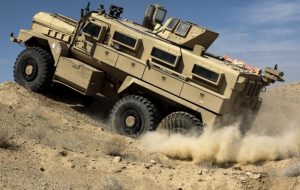
to the battlefield, but in our haste, we didn’t do the same level of human factor engineering, ergonomic design, and testing normally required. One major flaw with these massive MRAPS was their inability to maneuver across the Afghan terrain. They were not designed for pitted dirt roads and narrow goat trails on the sides of mountains. Troops sitting in the back of the vehicle would be violently bounced around while driving over some of the roughest terrain imaginable. Many soldiers were injured and, in some cases, on extremely treacherous roads, their heads would slam up against the ceiling, breaking their necks. The center of gravity was also very high because we built them all with V-shaped hulls designed to deflect the explosive power of improvised explosive devices (IEDs) to either side. The weight of the massive vehicles often made the ground give way. Rollovers were common and very dangerous for everyone, especially for the gunners whose job required sitting in a sling in the turret with their torsos sticking out the top. When the MRAP rolled, the gunner would have been lucky to be thrown from the truck, many weren’t that lucky.
Another example of good intentions gone wrong by way of poor decision-making was the streamlining of the Afghan equipment and supply requisition document. We prided ourselves on the accomplishment of reducing the number of signatures required on the supply request form, known as the MOD 14. The revised form limited the signatures required to only 7. Prior to this point, anyone in the Afghan chain of command or supply unit who wanted to be a decision-maker would insert themselves as a mandatory signature. The record was 138 signatures on one form.
We figured we could use this improved tool to help solve additional supply chain problems. At one point, it was estimated we lost 50% of the fuel given to the Afghans due to pilfering. We decided we should use our new MOD 14 form for fuel distribution as well. All personnel would be required to bring this fully signed form to the fuel depot before the requested fuel would be dispensed. One day on an Afghan Army base, a higher-ranking Afghan soldier, dressed in plain clothes, drove his personal car up to the fueling station and demanded the car be filled up. Normally his demand would have been met except that there was an American Air Force Master Sergeant mentoring an Afghan fuels soldier at the time. The Afghan soldier being mentored followed the new protocols in order to impress his American mentor. The Afghan driver was not happy, and in his anger drove to the gate and took an AK 47 off of the gate guard. He then came back and opened fire on the gas station, killing the Master Sergeant and several Afghan troops.
So why did I tell you these stories? Because each of these tragedies was the outcome of poor decision-making processes. While the intention was of course to solve problems, our actions were reactionary rather than properly conditioned or well thought out. In these few examples and in countless others we saw how poor decision-making led to drastic secondary effects. The point I want to impress on you is that how and when you make decisions matters.
In my deployments to Afghanistan, I stood in formation for dozens of memorial services. It was during one of these services I had a realization which changed my life and has driven me the past 12 years. At each memorial, the name of the fallen warrior was called out, followed by a list of all surviving family members. The parents, spouses, and the worst part, the children who would grow up without a mother or father. While standing in these formations, your mind doesn’t know where to go as it navigates the mix of emotions of sadness, anger, and guilt.
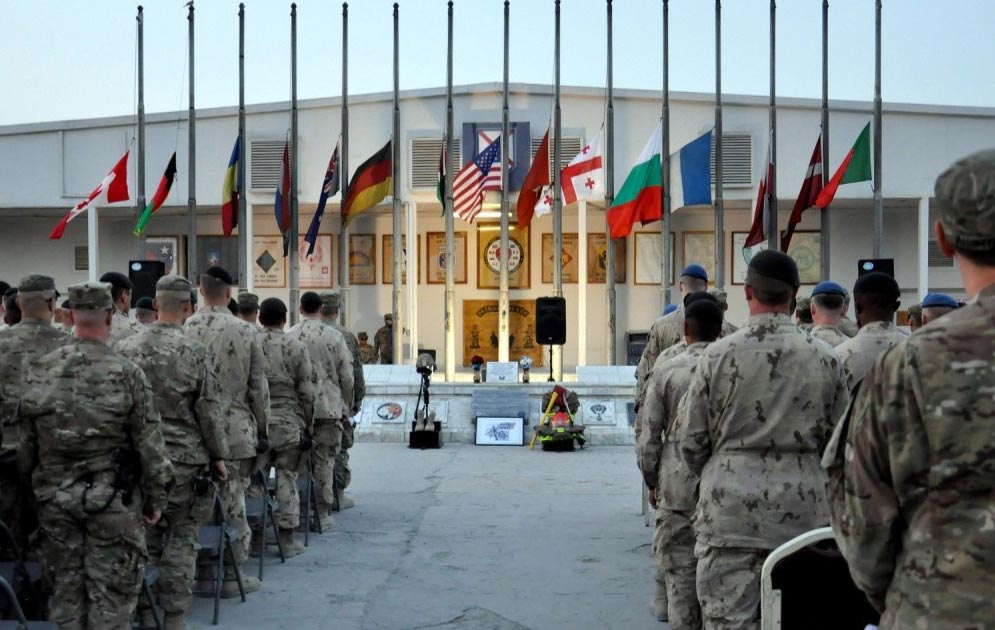
I thought about the commander who would have to talk to the family and tell them that their loved one had died and would have to explain the circumstances. I heard the voice of the spouse in my head as I imagined how they would respond. “You’re telling me they died because of bad decisions, how could you let this happen?” It occurred to me that one day I might have to be the person answering that question. What would I say? There is only one thing you could say. “We did all we could to prevent this.” But would it be true? Could I look at myself in the mirror, could I hold my head up, could I live with myself, if it was not true? At that moment, I realized if I ever had to say “I did everything I could to prevent this,” I had to make sure it was the truth.
After my panic subsided, I started thinking about what I was going to do. My first reaction was a desire to blame someone; the enemy, the politicians, the generals. This blame game and its implied helplessness never appealed to me. I didn’t believe they were fully at fault, and besides, accepting the situation was someone’s fault meant I had little power to do anything about it. If that was the case, then what the hell was I doing here? I needed a better rationale; one I could turn into an actionable plan.
End of part 1. The link to Still in the Fight Part 2 two is below.
P.S.
Hi, this is the author. If you like this story please read a bit further. We are living in a time when many are experiencing a crisis of the soul. They have either forgotten or have never learned important life lessons and they may be isolated and alone getting the vast majority of their interaction through the internet and social media. Social media is a powerful way of communicating but unfortunately, we tend to show only the sensational stuff, pictures of good times and successes. I like to see these too but when all we see is people living the high life we can’t help but compare ourselves to them, or at least, what we see of them. Our mundane and problematic life seems inferior and even pathetic. For some, especially young people, this is very dangerous and can contribute to serious depression. I believe we can help change this.
Like you, I have learned a lot of hard lessons in life and paid a lot in stupid tax. Some people say they have no regrets. Not me, I have plenty. I don’t want to repeat them or have others make the same mistakes. As humans we are social creatures, we are meant to sit by the fire and share stories of our triumphs and failures as a way of passing down our lessons learned to make the next generation smarter and more prepared. As we get older we have an obligation to pass down our stories to the next generation and they have an obligation to learn from them. This is the foundation of all human societies since the first campfire.
By sharing our stories we can do something to help those who are in crisis, perhaps it’s a small thing, but for the one person that needs to hear your story, it can have a huge impact. Through a real story, from a real person, they will know they’re not alone and they can learn from our mistakes. It is through these stories we make meaningful connections to other people.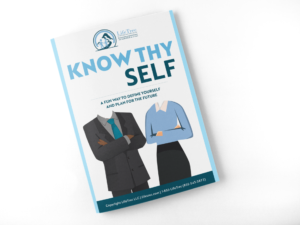
If you agree with the last few paragraphs and would like to see more stories like this please like this story and follow LifeTrec on Facebook and share it with your friends. Make sure to add your comments and share similar lessons learned this story may have inspired you to remember. But don’t stop there, please consider telling your own story. The first step in telling your story is to define who you are. If you have ever tried this then you know it’s hard. To help you we have provided a free Know Thyself Activity Book which is both fun and revealing. Click here to download.
For more stories like this please visit lifetrec.com/articles. For more information please contact us via email at info@lifetrec.com. We’re waiting to hear your story.
Continue to Still in the Fight Part 2
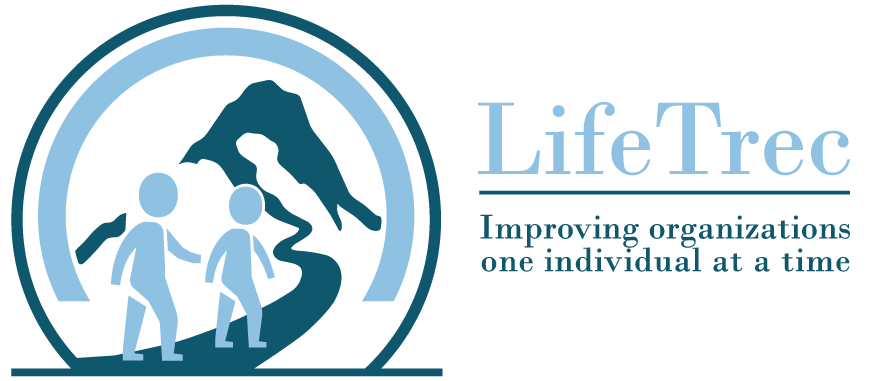




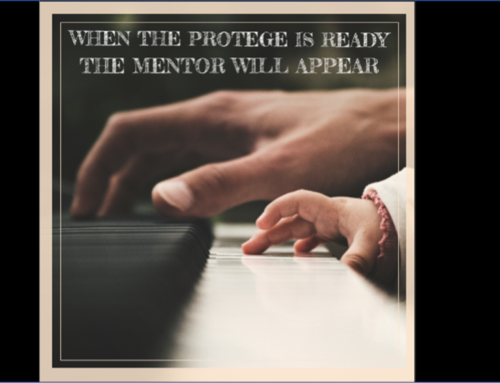






Get Social